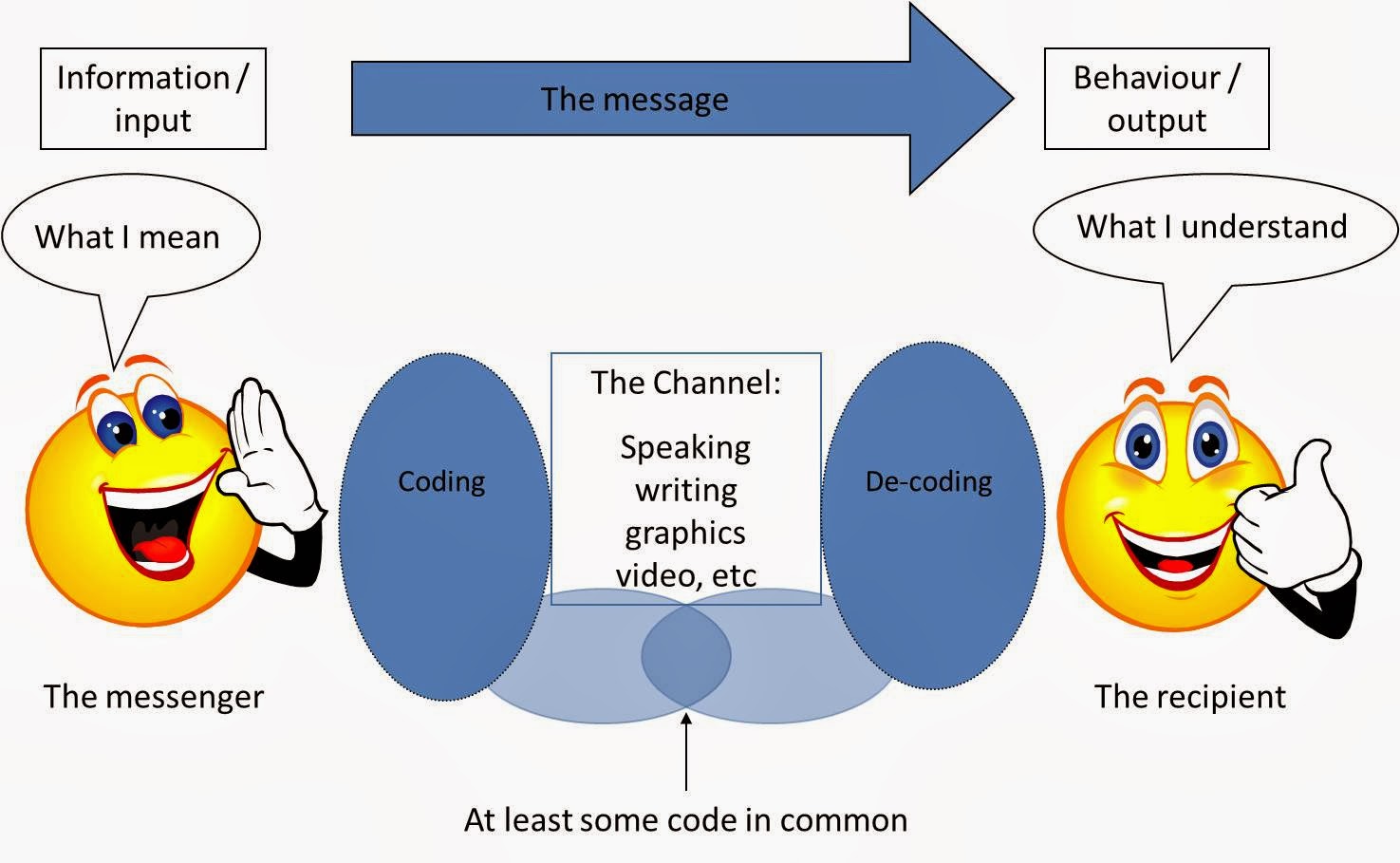Research Design: Concept and Importance
1. What is Research Design?
Research design is the overall strategy that integrates the
different components of a study coherently and logically, ensuring the
research problem is effectively addressed.
- Example:
Creating a blueprint for a survey to assess the impact of a new teaching
method on student performance.
2. Importance of Research Design
A. Provides a Framework
A research design provides a structured approach to
conducting research, guiding the researcher through data collection,
measurement, and analysis.
- Example:
A structured design allows a researcher to systematically explore the
effects of a new learning technique on student engagement.
B. Ensures Validity
A well-thought-out design ensures the research's internal
validity (accuracy of findings within the study) and external validity
(applicability of findings beyond the study).
- Example:
By controlling for confounding variables, a researcher can ensure that the
results of a drug trial are due to the treatment itself.
C. Guides Decision Making
It helps in making informed decisions regarding the choice
of methodology, data collection methods, and analysis techniques.
- Example:
A researcher choosing between qualitative interviews and quantitative
surveys can use the research design to guide their decision based on the study's characteristics.
D. Promotes Efficiency
An effective research design can save time and resources by
outlining the exact steps to follow, avoiding unnecessary work.
- Example:
A clear design prevents the duplication of efforts during data collection.
E. Facilitates Communication
A well-defined design makes it easier for other researchers
to understand and replicate the study, promoting transparency in research.
- Example:
Publishing a research design enables other educators to replicate a study
on classroom teaching methods.
3. Types of Research Design
A. Quantitative Research Designs
- Experimental
Design
- Example:
Testing the effect of a new teaching method on students by randomly
assigning students to either the new method or the traditional method.
- Key
Feature: Manipulation of variables with random assignment.
- Quasi-Experimental
Design
- Example:
Comparing two existing classes where one uses a new teaching method and
the other follows traditional methods.
- Key
Feature: Manipulation of variables but no random assignment.
- Correlational
Design
- Example:
Investigating the relationship between the time spent studying and
student exam scores.
- Key
Feature: Examines the relationship between variables without
manipulation.
- Descriptive
Design
- Example:
Surveying high school students to understand their career aspirations.
- Key
Feature: Describes characteristics of a population without
manipulating variables.
B. Qualitative Research Designs
- Ethnography
- Example:
Studying the culture of a school or educational institution by observing
it closely.
- Key
Feature: Immersion in a specific cultural context.
- Phenomenology
- Example:
Exploring the lived experiences of first-generation college students to
understand their challenges.
- Key
Feature: Focuses on indivindividual's perceptions and experiences.
- Grounded
Theory
- Example:
Developing a theory on how adult learners adapt to online education by
collecting data and building the theory from the findings.
- Key
Feature: Builds theory from data rather than testing existing
theories.
- Case
Study
- Example: Conducting an in-depth analysis of a specific educational program's implementation.
- Key
Feature: Detailed examination of a specific case or multiple cases.
C. Mixed Methods Designs
- Convergent
Parallel Design
- Example:
Collect quantitative data on student performance and qualitative data
on student experiences in a new curriculum simultaneously, and then
compare the two sets of results.
- Key
Feature: Quantitative and qualitative data are collected and analyzed
separately but are compared at the end.
- Explanatory
Sequential Design
- Example:
First, collect quantitative data on student dropout rates, and then conduct interviews to understand the reasons behind the findings.
- Key
Feature: Quantitative data collection followed by qualitative
analysis.
- Exploratory
Sequential Design
- Example:
Conduct focus groups to explore factors affecting student motivation
and then design a survey based on these insights.
- Key
Feature: Qualitative data collection informs subsequent quantitative
research.
4. Choosing the Right Research Design
When selecting a research design, consider the following:
- The
nature of your research question: What are you trying to investigate?
- What type of data Do you need quantitative, qualitative, or mixed
data to answer your question?
- Your
resources and time constraints: What is feasible within your available
time and resources?
- Ethical
considerations: Are you following ethical guidelines for conducting
research?
- Your
expertise and skills: Which design matches your skills as a
researcher?
Conclusion
Research design is crucial in ensuring your research is
methodical, valid, and replicable. It offers a roadmap for the study
and aids in making informed decisions about methodology, promoting
efficiency, and enabling communication with other researchers. Educators should
carefully select the appropriate research design to ensure that their study
effectively addresses the research problem and adds value to the academic
community.
.png)


Comments
Post a Comment